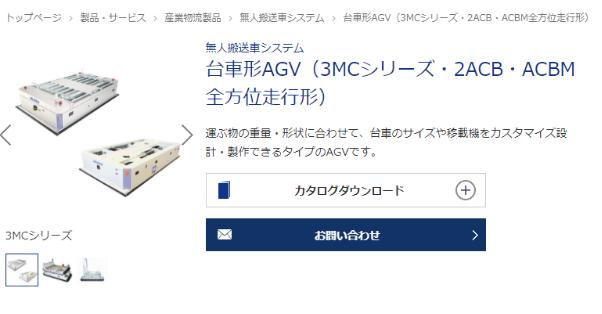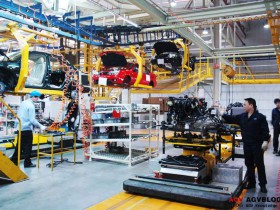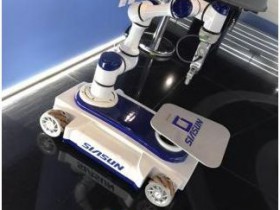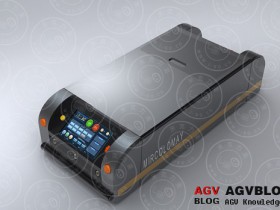Japan introduced AGV for the first time in 1963. Its first AGV plant was established in 1966 by a transportation equipment supplier and the United States Webb company. After 1976, Japan attached great importance to the development of AGV, adding dozens of AGV systems every year. Based on the introduction of foreign technology, Japan has made localized improvements to AGV, which greatly simplified the technical complexity and the complexity of the car body, and developed AGC (Automated Guided Cart) products.
The simple AGV technology represented by Japan, or it can only be called AGC (Automated Guided Cart), the technology pursues simplicity and practicality, and strives to allow users to recover the investment cost in the shortest time. This type of product is completely combined with simple In production applications (single path, fixed flow), AGC is only used for handling, and does not emphasize the automatic loading and unloading function of AGC. In terms of guidance, most only use simple tape guidance. Because Japan's basic industry is developed, AGC manufacturers can configure functional devices that are almost as simple as they can no longer make the cost of AGC almost reduced to the limit. This kind of AGC was widely used in Japan in the 1980s. In 1981, Japan ’s AGV total output value was 6 billion yen. In 1985, it has risen to 20 billion yen, with an average annual increase of 20%. In 1986, Japan A total of 2312 AGVS have been installed, with 5032 AGVs. By 1990, Japan had about 10,000 AGVs. By 1988, there were 47 AGV manufacturing plants in Japan, developing all the way, and the Japanese AGV reached the peak of application from 2002 to 2003.
The simple AGV technology is very popular in the development of light industrial areas, and Japanese manufacturers not only stay on the simplification of AGV, but also achieve the ultimate AGC. Japanese AGC companies began to modularize AGC, export AGC components abroad, and develop markets by exporting modular components. One of the big markets is China.
The general characteristics of Japanese AGV companies are the pursuit of simplicity and practicality, generally applicable to a single path, a fixed process, only used for handling, and the degree of automation is not high. Mingdiansha Co., Ltd. is a good example. Mingdiansha, established in 1897, launched the AGC kit that is positioned as a simple AGV with high scalability. Judging from the name, this is a power-related company, but in fact, while intensively cultivating the power business, Mingdiansha is also expanding its business in the logistics field, automobile, water environment, and ICT. Mainly based on low-price combined sales, it provides users with product line options for transported goods and usage environments, and is mainly used in manufacturing, power, energy, and petrochemical industries.
Most Japanese companies have followed the pattern of doing their jobs and completing turnkey projects at different levels. That is, AGV manufacturers take the development of new AGVs and mass production as their main goals, and their subsidiaries or engineering companies in the society design and manufacture AGV complete systems required by various industries and complete turnkey projects.





